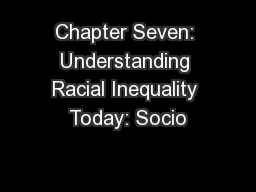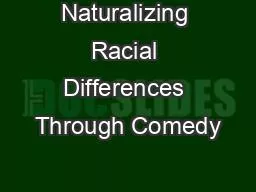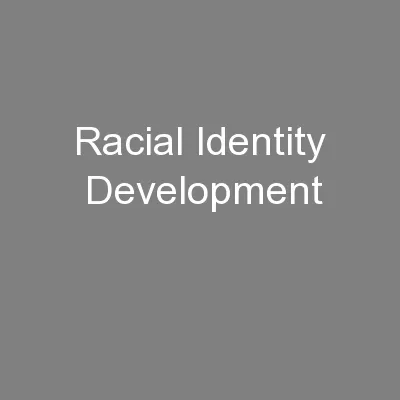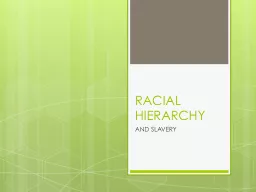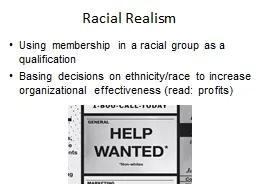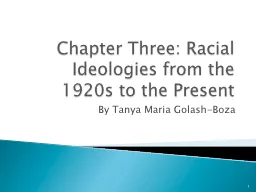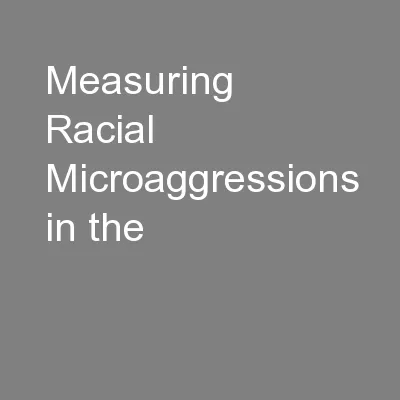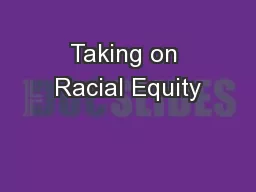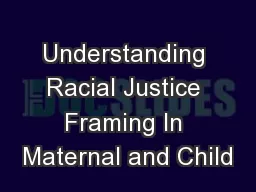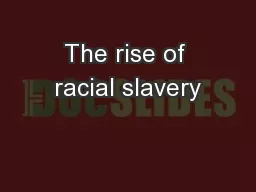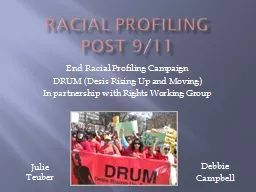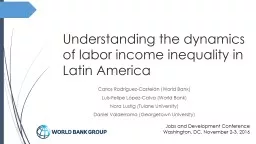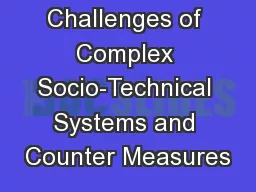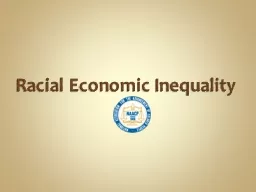PPT-Chapter Seven: Understanding Racial Inequality Today: Socio
Author : natalia-silvester | Published Date : 2016-03-16
By Tanya Maria GolashBoza Microaggressions Racism entails not just big moments or actions but also Brief verbal barbs that could occur in a split second A pattern
Presentation Embed Code
Download Presentation
Download Presentation The PPT/PDF document "Chapter Seven: Understanding Racial Ineq..." is the property of its rightful owner. Permission is granted to download and print the materials on this website for personal, non-commercial use only, and to display it on your personal computer provided you do not modify the materials and that you retain all copyright notices contained in the materials. By downloading content from our website, you accept the terms of this agreement.
Chapter Seven: Understanding Racial Inequality Today: Socio: Transcript
Download Rules Of Document
"Chapter Seven: Understanding Racial Inequality Today: Socio"The content belongs to its owner. You may download and print it for personal use, without modification, and keep all copyright notices. By downloading, you agree to these terms.
Related Documents

